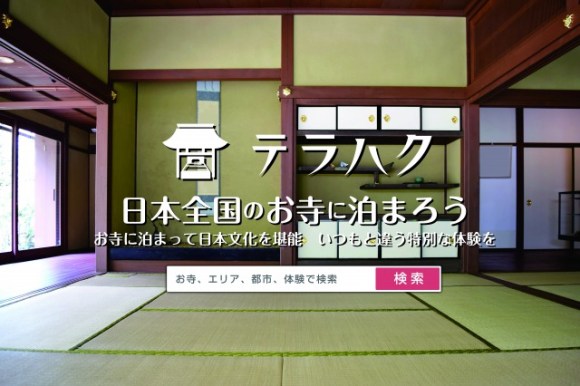
Experiencing life in a Buddhist temple in Japan is about to get a whole lot easier.
For a long time now, several Buddhist temples around Japan have offered accommodation for tourists interested in the aesthetics and lifestyles of these traditional establishments. However, it’s that same traditionalism that has made them relatively difficult to locate and communicate with in the information age.
▼ Don’t hold your breath looking for free wi-fi.
It was also a complicated matter for the temples, since laws made it tricky to use a religious institution as a commercial accommodation. However, with the advent of services like Airbnb, there has been a big push to deregulate this, and it has resulted in the Residential Lodging Business Law that goes into effect on 15 June.
This law will grant temples more freedom in offering their spaces for paying guests, and to further this freedom a new service called Terahaku will also open for business this June. Terahaku is an online search and reservation system devoted to temples all over Japan.
Using this, travelers can easily find, view, and book temples near them from the comfort of their own smartphone or computer.
And if you’re searching from overseas, fear not, because Terahaku will also be working with popular services Booking.com and Airbnb for multi-language support and convenience.
▼ Although more work on their end, you the customer
can use Airbnb just as easily as using Terahaku itself
It is a great idea for tourists, as a temple combines the ambiance of old-world Japan with unique activities like writing out your own Japanese sutras and artwork to make your stay in Japan truly memorable.
Not only that, but an increase in temple visits from both domestic and foreign tourists will also help revitalize rural areas that in some cases desperately need economic activity.
In these final days leading up to Terahaku’s launch, they are currently compiling a list of temples looking to offer their spaces. They expect to have 100 locations available upon launching including the very historical and beautiful Mii-dera (formerly Onjo-ji), near Japan’s largest lake Biwa-ko and the fourth-largest temple in the country.
Throughout their long history in Japan, temples and shrines have survived by adapting to a variety of purposes from schools to mental hospitals. If services like Terahaku continue to grow, we may see yet a new evolution as temples become popular centers of hospitality.

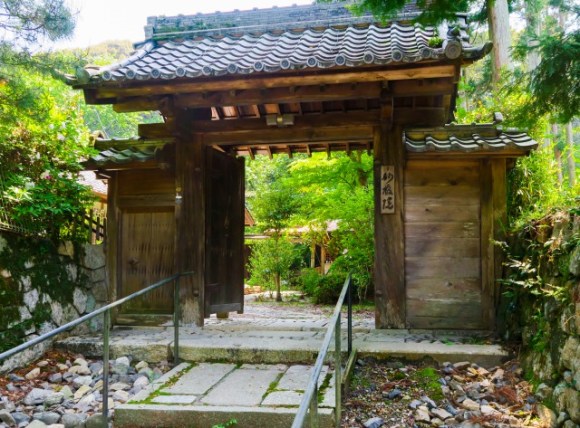
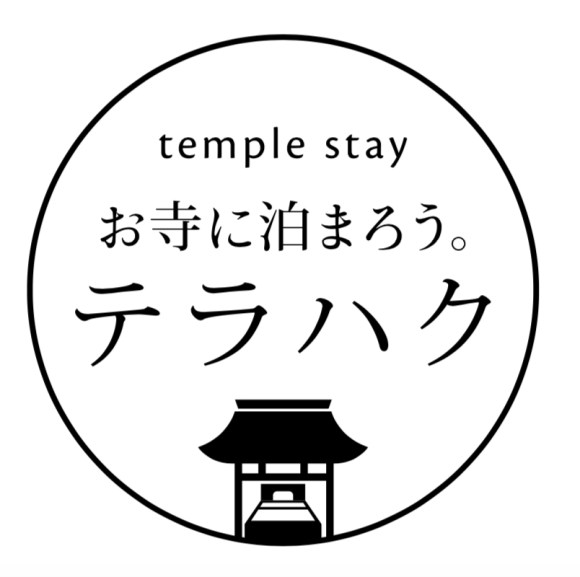
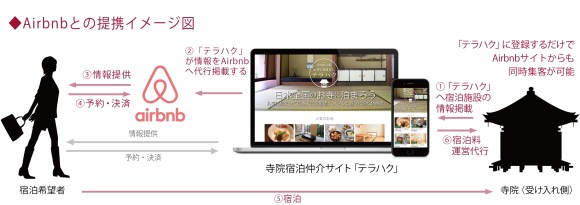
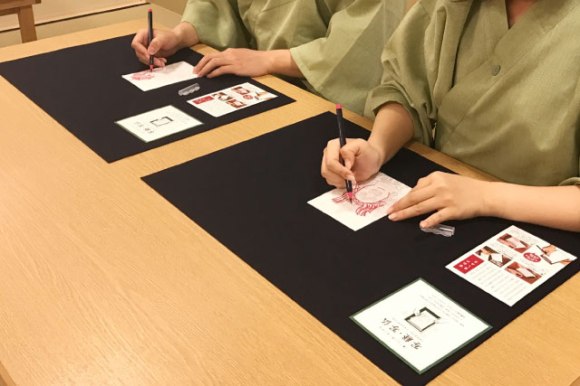
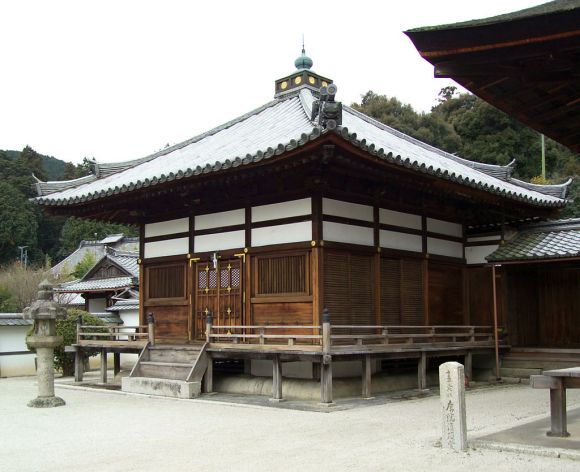
 Tera Ango now offers the chance to live and take part in daily practices at a Buddhist temple
Tera Ango now offers the chance to live and take part in daily practices at a Buddhist temple Earn points by visiting temples throughout Japan with Buddhist sect’s upcoming app
Earn points by visiting temples throughout Japan with Buddhist sect’s upcoming app This little-known temple in rural Japan has a giant Buddha bigger than Kamakura’s or Nara’s【Pics】
This little-known temple in rural Japan has a giant Buddha bigger than Kamakura’s or Nara’s【Pics】 Refresh your mind, body, and soul at Temple Camp Daitaiji, the first temple to open to campers
Refresh your mind, body, and soul at Temple Camp Daitaiji, the first temple to open to campers Kyoto temple becomes Pokémon Go gym in Japan, provides special phone chargers for players
Kyoto temple becomes Pokémon Go gym in Japan, provides special phone chargers for players McDonald’s new Happy Meals offer up cute and practical Sanrio lifestyle goods
McDonald’s new Happy Meals offer up cute and practical Sanrio lifestyle goods All-you-can-drink Starbucks and amazing views part of Tokyo’s new 170 meter-high sky lounge
All-you-can-drink Starbucks and amazing views part of Tokyo’s new 170 meter-high sky lounge More foreign tourists than ever before in history visited Japan last month
More foreign tourists than ever before in history visited Japan last month Beautiful Sailor Moon manhole cover coasters being given out for free by Tokyo tourist center
Beautiful Sailor Moon manhole cover coasters being given out for free by Tokyo tourist center Starbucks reopens at Shibuya Scramble Crossing with new look and design concept
Starbucks reopens at Shibuya Scramble Crossing with new look and design concept Hamster abandoned at Tokyo ramen restaurant gets new home
Hamster abandoned at Tokyo ramen restaurant gets new home Studio Ghibli glasses cases let anime characters keep an eye on your spectacles
Studio Ghibli glasses cases let anime characters keep an eye on your spectacles Arrest proves a common Japanese saying about apologies and police
Arrest proves a common Japanese saying about apologies and police The oldest tunnel in Japan is believed to be haunted, and strange things happen when we go there
The oldest tunnel in Japan is believed to be haunted, and strange things happen when we go there Mr. Sato eats banana flower, still isn’t sure what it tastes like, loves it anyway【SoraKitchen】
Mr. Sato eats banana flower, still isn’t sure what it tastes like, loves it anyway【SoraKitchen】 Disney princesses get official manga makeovers for Manga Princess Cafe opening in Tokyo
Disney princesses get official manga makeovers for Manga Princess Cafe opening in Tokyo We try out “Chan Ramen”, an underground type of ramen popular in the ramen community
We try out “Chan Ramen”, an underground type of ramen popular in the ramen community Beautiful new Final Fantasy T-shirt collection on the way from Uniqlo【Photos】
Beautiful new Final Fantasy T-shirt collection on the way from Uniqlo【Photos】 Foreign English teachers in Japan pick their favorite Japanese-language phrases【Survey】
Foreign English teachers in Japan pick their favorite Japanese-language phrases【Survey】 Is the new Shinkansen Train Desk ticket worth it?
Is the new Shinkansen Train Desk ticket worth it? There’s a park inside Japan where you can also see Japan inside the park
There’s a park inside Japan where you can also see Japan inside the park Japanese convenience store packs a whole bento into an onigiri rice ball
Japanese convenience store packs a whole bento into an onigiri rice ball Studio Ghibli releases Kiki’s Delivery Service chocolate cake pouches in Japan
Studio Ghibli releases Kiki’s Delivery Service chocolate cake pouches in Japan Japan’s bone-breaking and record-breaking roller coaster is permanently shutting down
Japan’s bone-breaking and record-breaking roller coaster is permanently shutting down New definition of “Japanese whiskey” goes into effect to prevent fakes from fooling overseas buyers
New definition of “Japanese whiskey” goes into effect to prevent fakes from fooling overseas buyers Foreign passenger shoves conductor on one of the last full runs for Japan’s Thunderbird train
Foreign passenger shoves conductor on one of the last full runs for Japan’s Thunderbird train Our Japanese reporter visits Costco in the U.S., finds super American and very Japanese things
Our Japanese reporter visits Costco in the U.S., finds super American and very Japanese things Kyoto bans tourists from geisha alleys in Gion, with fines for those who don’t follow rules
Kyoto bans tourists from geisha alleys in Gion, with fines for those who don’t follow rules Studio Ghibli unveils Mother’s Day gift set that captures the love in My Neighbour Totoro
Studio Ghibli unveils Mother’s Day gift set that captures the love in My Neighbour Totoro Domino’s Japan now sells…pizza ears?
Domino’s Japan now sells…pizza ears? New Japanese KitKat flavour stars Sanrio characters, including Hello Kitty
New Japanese KitKat flavour stars Sanrio characters, including Hello Kitty Sales of Japan’s most convenient train ticket/shopping payment cards suspended indefinitely
Sales of Japan’s most convenient train ticket/shopping payment cards suspended indefinitely Sold-out Studio Ghibli desktop humidifiers are back so Totoro can help you through the dry season
Sold-out Studio Ghibli desktop humidifiers are back so Totoro can help you through the dry season Japanese government to make first change to romanization spelling rules since the 1950s
Japanese government to make first change to romanization spelling rules since the 1950s Ghibli founders Toshio Suzuki and Hayao Miyazaki contribute to Japanese whisky Totoro label design
Ghibli founders Toshio Suzuki and Hayao Miyazaki contribute to Japanese whisky Totoro label design Doraemon found buried at sea as scene from 1993 anime becomes real life【Photos】
Doraemon found buried at sea as scene from 1993 anime becomes real life【Photos】 Tokyo’s most famous Starbucks is closed
Tokyo’s most famous Starbucks is closed One Piece characters’ nationalities revealed, but fans have mixed opinions
One Piece characters’ nationalities revealed, but fans have mixed opinions We asked a Uniqlo employee what four things we should buy and their suggestions didn’t disappoint
We asked a Uniqlo employee what four things we should buy and their suggestions didn’t disappoint Princesses, fruits, and blacksmiths: Study reveals the 30 most unusual family names in Japan
Princesses, fruits, and blacksmiths: Study reveals the 30 most unusual family names in Japan Studio Ghibli’s new desktop Howl’s Moving Castle will take your stationery on an adventure
Studio Ghibli’s new desktop Howl’s Moving Castle will take your stationery on an adventure Kyoto temple goes modern with Techno Memorial combining music and lights with Buddhist Festival
Kyoto temple goes modern with Techno Memorial combining music and lights with Buddhist Festival Buddhist temple singles parties: The enlightened way to find a romantic partner
Buddhist temple singles parties: The enlightened way to find a romantic partner Tokyo’s Tsukiji Hongan Temple opens a cafe, breakfast set has 16 side dishes!
Tokyo’s Tsukiji Hongan Temple opens a cafe, breakfast set has 16 side dishes! Tokyo temple holds funeral for personal seals in effort to reform outdated business practice【Vid】
Tokyo temple holds funeral for personal seals in effort to reform outdated business practice【Vid】 Temple camping in Japan at Wakayama’s Daitaiji【Photos】
Temple camping in Japan at Wakayama’s Daitaiji【Photos】 Company PET partners with Kyoto temple to offer genuine funeral services for beloved pets
Company PET partners with Kyoto temple to offer genuine funeral services for beloved pets Millennium-old Japanese temple offering funeral service for broken record player needles
Millennium-old Japanese temple offering funeral service for broken record player needles The Star Wars folding screens just unveiled at Kyoto’s Kiyomizu Temple are amazing
The Star Wars folding screens just unveiled at Kyoto’s Kiyomizu Temple are amazing A visit to Japan’s cat beautiful, quirky, and touching cat temple, Unrinji【Photos】
A visit to Japan’s cat beautiful, quirky, and touching cat temple, Unrinji【Photos】 Purify the hate of Internet jeers with Japanese temple’s first online ceremonial fire
Purify the hate of Internet jeers with Japanese temple’s first online ceremonial fire Historic Kyoto temple first in Japan to offer gay weddings
Historic Kyoto temple first in Japan to offer gay weddings Interactive online map of Kyoto lets you toggle between modern day and the 9th century
Interactive online map of Kyoto lets you toggle between modern day and the 9th century Buddhist metaverse “Teraverse” in development at Kyoto University, includes AI Buddha
Buddhist metaverse “Teraverse” in development at Kyoto University, includes AI Buddha Japanese government recommends changing Buddhist temple mark on maps to avoid Nazi connotations
Japanese government recommends changing Buddhist temple mark on maps to avoid Nazi connotations A visit to Japan’s centuries-old boob temple
A visit to Japan’s centuries-old boob temple Kyoto’s Rurikoin Temple to offer stunning views of autumn leaves for a limited time next month
Kyoto’s Rurikoin Temple to offer stunning views of autumn leaves for a limited time next month
Leave a Reply